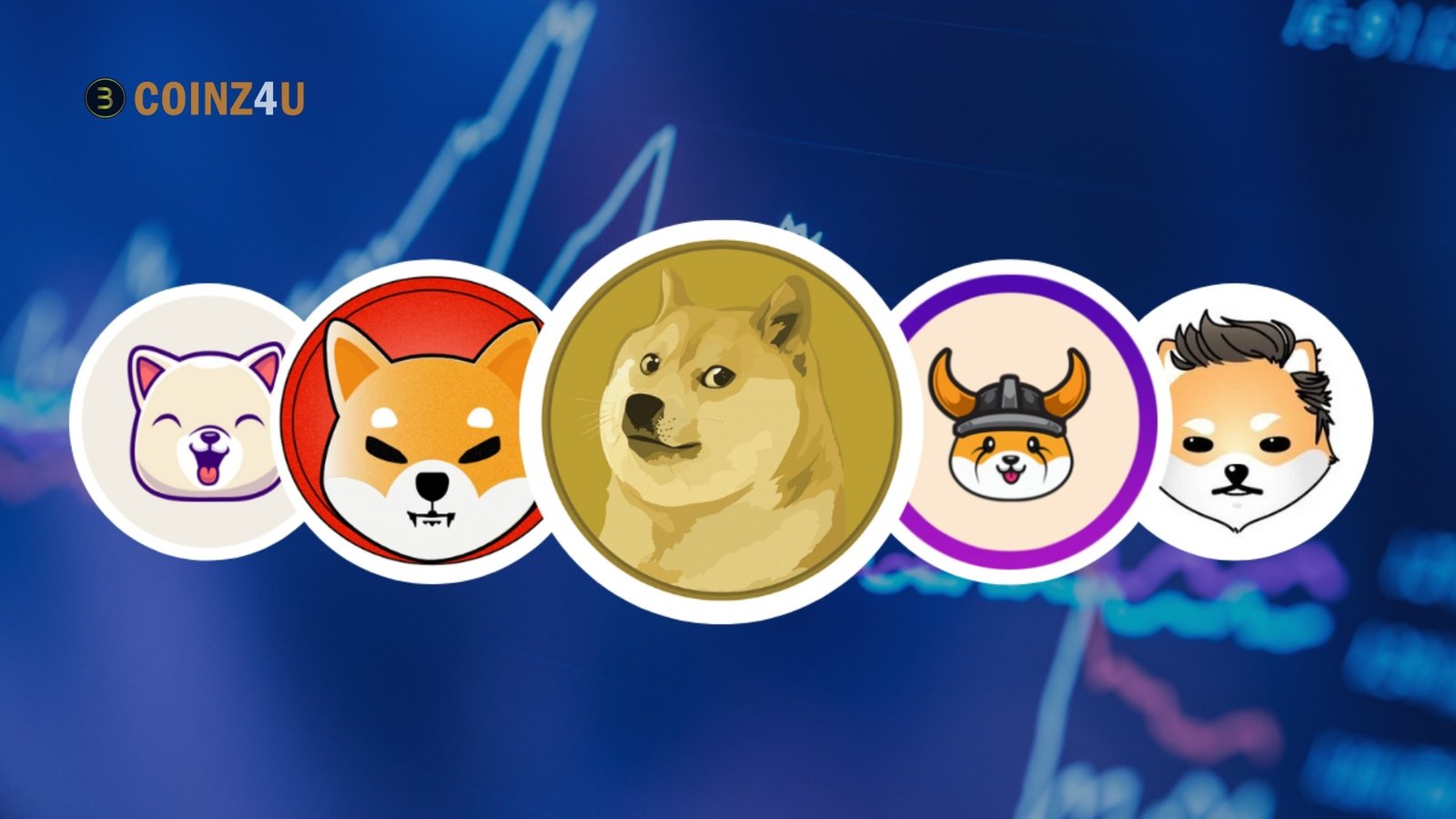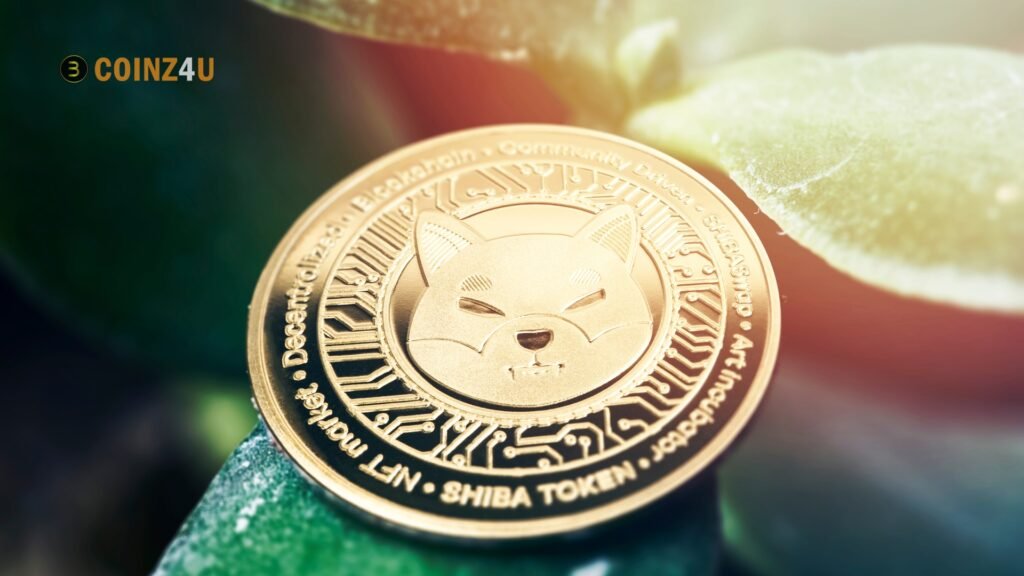Memecoin farming is a relatively new and intriguing way for crypto fans to engage with the DeFi community and make passive revenue. This idea uses blockchain technology and the widespread use of meme coins like Shiba Inu and Dogecoin to combine aspects of conventional produce farming with the meme coin community’s unpredictable nature and lighthearted vibe. This essay will delve into the mechanics of memecoin farming, and the possible dangers and benefits investors may face.
Memecoin Farming
“meme coin farming” describes staking meme coins or lending them to decentralized financial platforms for incentives. Memecoin farming is similar to yield farming in that it allows users to earn incentives, normally popular meme-based cryptocurrencies, by depositing their assets into pools where they can earn interest or governance tokens.
Often beginning as online jokes or trends, meme coins’ funny and contagious quality makes them appealing. Notwithstanding this, they have built vibrant communities and achieved considerable traction. Tokens like Shiba Inu (SHIB), Dogecoin (DOGE), and other new meme-based assets can be farmed by those who engage in memecoin farming, which takes advantage of this trend.
How Memecoin Farming Works
Memecoin farming operates on decentralized exchanges (DEXs) and DeFi platforms. The process typically involves three steps:

- Providing Liquidity: Users contribute their tokens to liquidity pools, smart contracts that facilitate trading on decentralized exchanges. These liquidity pools often pair meme coins with stablecoins or major cryptocurrencies like Ethereum (ETH) or Binance Coin (BNB).
- Staking: Once liquidity is provided, users can stake their liquidity provider (LP) tokens, representing their share of the liquidity pool. By staking these LP tokens on a DeFi platform, they become eligible to earn meme coin rewards.
- Harvesting: Over time, meme coins are earned as rewards. These tokens can be harvested, which means users can claim their rewards and either hold them for potential price appreciation, stake them further, or sell them on the market.
Popular platforms for memecoin farming include Uniswap, PancakeSwap, and ShibaSwap. These decentralized platforms allow users to farm without intermediaries, ensuring greater control over assets and rewards.
The Appeal of Memecoin Farming
Several factors make meme coin farming attractive to investors, particularly those looking to benefit from the meme coin craze:
- High Rewards: Memecoin farming often offers higher annual percentage yields (APYs) than traditional yield farming. The higher volatility of meme coins can lead to substantial rewards, making this an appealing option for risk-tolerant investors.
- Community Engagement: Memecoins are deeply rooted in internet culture, and many investors are drawn to the strong, supportive communities that often form around these tokens. Memecoin farming creates opportunities for community members to contribute to the ecosystem while earning rewards.
- Low Entry Barriers: Memecoins generally have a low price point, allowing retail investors to participate without investing large amounts of capital. This opens the door for smaller investors to engage in DeFi and crypto farming, which was previously more accessible to large investors.
- Entertainment Value: Memecoin farming isn’t just about financial gain; it also offers a fun and engaging way to participate in cryptocurrency. Many meme coins are designed with humor, creativity, and internet culture in mind, making the entire experience more lighthearted than traditional crypto investing.
Popular Memecoins Used in Farming
Several well-known and emerging meme coins are popular in farming strategies:

- Dogecoin (DOGE): The original meme coin, Dogecoin, has become a cultural phenomenon. While its original purpose was to serve as a lighthearted joke, its large and dedicated community has made it a key player in the meme coin market.
- Shiba Inu (SHIB): Billed as the “Dogecoin killer,” Shiba Inu has become a strong competitor to Dogecoin. ShibaSwap, the native DeFi platform for SHIB holders, offers farming opportunities where users can stake SHIB, BONE, and LEASH tokens.
- Pepe Coin (PEPE): Based on the famous internet meme character Pepe the Frog, PEPE is another example of a meme coin that gained rapid popularity. Although relatively new, PEPE’s integration into farming platforms shows its growing relevance.
- Floki Inu (FLOKI): Named after Elon Musk’s dog, Floki Inu is another meme coin with a growing community. FLOKI’s developers have introduced DeFi features, allowing holders to farm the token in liquidity pools.
Risks Associated with Memecoin Farming
While meme coin farming offers the potential for high rewards, it also comes with several risks that investors must consider:
- High Volatility: Memecoins are notorious for their price volatility. Sudden price fluctuations can drastically affect the liquidity pool’s value and farming rewards. Investors must be prepared for significant price swings.
- Impermanent Loss: Providing liquidity to a pool can expose investors to impermanent loss, which occurs when the value of the deposited assets changes relative to each other. With the volatile nature of meme coins, the impermanent loss can become substantial if the price of a meme coin plummets.
- Rug Pulls and Scams: Memecoins, especially lesser-known ones, are sometimes associated with fraudulent projects. A rug pull occurs when a project’s creators drain the liquidity pool, leaving investors with worthless tokens. Due diligence is essential when selecting meme coins to farm.
- Smart Contract Risks: DeFi platforms rely on smart contracts, and if there is a bug or vulnerability in the contract code, it could result in loss of funds. Audits can help mitigate this risk, but it’s important to remember that no system is entirely immune to attacks.
Strategies for Successful Memecoin Farming
To maximize returns and minimize risks, investors should consider adopting these strategies:
- Diversification: Instead of putting all capital into a single memecoin, diversify holdings across multiple pools and platforms. This can help mitigate the impact of price fluctuations on any token.
- Staying Informed: The memecoin market moves quickly, and staying up-to-date on the latest news and trends is crucial. Monitoring social media platforms like Twitter and Reddit can provide valuable insights into community sentiment and potential new farming opportunities.
- Risk Management: Given the inherent volatility, investing only what one is willing to lose is essential. Setting clear entry and exit strategies can help reduce emotional decision-making in response to market movements.
- Use Established Platforms: When farming memecoins, it’s best to use well-known and reputable platforms like Uniswap, PancakeSwap, or ShibaSwap. These platforms have larger liquidity pools and better security measures than smaller, lesser-known platforms.
Final Thoughts
Those brave enough to venture into the highly unpredictable memecoin market stand to gain much from memecoin farming, a novel combination of DeFi innovation and meme culture. Despite the enormous dangers involved, memecoin farming can be a profitable investment for the appropriate investor with smart planning and risk management. The meme coin phenomenon is a living, breathing part of the Bitcoin ecosystem; as it develops, so will the farming opportunities.
Also Read: Memecoin to USD 2024 Conversion and Market Dynamics


